What is parkinsonism, its signs and methods of treatment
Parkinson’s disease (synonyms: idiopathic parkinsonian syndrome, paralysis agitans) is an indolent chronic neurological disease peculiar to elderly people. It refers to degenerative extrapyramidal system diseases. It is provoked by worsening destruction and death of the neurons that generate such neurotransmitter as dopamine. Principal symptoms are:
- hypokinesia;
- tremor;
- muscular rigidity;
- postural instability;
- autonomic disturbances and mental disorders.
Rigid-bradykinetic form is characterized by plastic-type muscular hypersthenia, worsening deceleration of active movements until immobility. Muscle contractures emerge. There is a typical “manikin posture” (“supplicant posture”).
Akinetic-rigid and tremor-dominant form is characterized by the tremor of the limbs, mainly of their distal segments accompanied by the stiffness of voluntary movements.
Tremor-dominant form is characterized by the presence of permanent or almost permanent medium-amplitude and coarse tremor of limbs, tongue, head, lower jaw. The muscle tone is normal or slightly elevated. The tempo of voluntary movements is preserved.
Secondary parkinsonism is a functional brain disorder characterized by the dopaminergic block of basal ganglia similarly to Parkinson’s disease (PD) caused by other reasons (for example, medications, cerebrovascular diseases, injury, postencephalitic residual effects). In compliance with the last agreements of the European Parkinson’s Disease Association, the parkinsonian syndrome is divided into four groups:
- idiopathic parkinsonism;
- genetic forms of parkinsonism, familial parkinsonian syndrome is a hereditary form that is defined by the localization of the gene (for example, PARK1);
- parkinsonism in terms of other neurodegenerative diseases (atypical forms of parkinsonism that are sometimes called “parkinsonian syndrome plus” because of additional symptoms);
- symptomatic parkinsonian syndromes, for example, the consequence of chronic administration of some medications (amphetamines, neuroleptic agents), injuries, tumors, effect of toxic substances, endocrine-metabolic disorders, inflammatory and infectious diseases (encephalitis, syphilis, influenza).
Diagnostics
The disease is mainly diagnosed according to its clinical picture based on motor symptoms. Patients cannot perform quickly alternating or quick consequent movements well during a neurological examination. Sensitivity and strength of the muscles remain unchanged, as a rule. Reflexes also change, however, there may be difficulties when trying to induce them as the result of pronounced tremor or muscular rigidity.
We should distinguish between the deceleration with the decrease in motion in case of PD and reduction of movements and spasticity in case of the damaged corticospinal tracts. In contrast to PD, cortical tract abnormalities provoke:
- paresis (weakness or paralysis), mainly in distal muscles sustaining the vertical body position;
- extensor muscle reaction on the planta (Babinski’s symptom);
- spasticity raises the muscle tone proportionately with the frequency and the degree of muscle stretch, and then the sensible muscular resistance disappears sharply (clasp-knife spasticity);
- hyperreflexia.
The diagnosis of PD is confirmed by the presence of other symptoms (for example, rare blinking, reduction of facial mobility, postural reflex disorders, changed manner of walking).

In case of elderly people, other possible causes of reduction of manifestation of spontaneous movements or the manner of walking with short steps should be excluded before the PD diagnosis is determined, for example, severe depression, hypothyroidism, use of antipsychotic or some antiemetic medications.
Clinicians often check the reaction to levodopa administration to distinguish between PD and secondary or atypical parkinsonism. A pronounced persistent response testifies in support of PD diagnosis. A moderate response or a non-response to levodopa at a dose of at least 1,200 mg per day requires the exclusion of other forms of parkinsonism.
- to interview a patient attentively, including the obtaining of the information on his/her professional activity, drug administration, family history;
- to perform the assessment in order to detect neurological diminished symptoms caused by the diseases other than PD;
- to apply visualizing examinations of the nervous system in case of the presence of uncharacteristic factors (for example, falls at the onset of the disease, early cognitive impairments, ideomotor apraxia [inability to imitate gestures], hyperreflexia).
Treatment
PD is currently an incurable disease. All existing methods of treatment are aimed at symptomatic relief (symptomatic treatment):
- carbidopa/levodopa (essential therapy);
- dopamine receptor agonists;
- catechol-O-methyltransferase inhibitors (COMT-inhibitors) that are always used together with levodopa, especially in case of reduction of the response to levodopa;
- amantadine, MAO-B inhibitors, in some cases, anticholinergic agents;
- surgical treatment in case if drug therapy does not sufficiently control the severity of symptoms or if intolerable adverse effects develop;
- exercises and measures to adapt the environment.
Surgical treatment methods can be divided into two types: destructive surgeries and stimulation of depth brain structures.
Destructive surgeries are thalamotomy and pallidotomy. Thalamotomy is indicated only in cases where the main symptom of the disease is tremor. To obtain a positive result of the surgery, patients must meet several criteria: PD is manifested by unilateral tremor; nonsurgical treatment is ineffective. Efficiency of the surgery is 96 %. Complications after thalamotomy are dysarthria, abulia, dysphasia, dyspraxia.
Pallidotomy can be indicated for patients with predominance of movement disorders, when nonsurgical treatment is ineffective. The procedure involves introducing a needle into the pallidum followed by its partial destruction. Pallidotomy is a relatively safe procedure. The effectiveness of pallidotomy is quite high: hypokinesia in the limbs opposite to the side of the surgery decreases in 82 % of cases.
With the development of radiosurgery, a new opportunity has emerged to destroy corresponding nervous structures without traumatizing surrounding structures and tissues.
Neurostimulation is a modern method of treatment, which is a minimally invasive neurosurgical operation. The essence of the method is as follows: the therapeutic effect is achieved due to stimulation of certain structures of the brain, which are responsible for control over body movements, with a precisely calculated small-amplitude electric current. For this purpose, thin electrodes are inserted into the patient’s brain, which are connected to a neurostimulator (similar to a pacemaker), which is implanted subcutaneously in the chest area under the collarbone.

The prognosis is conditionally unfavorable as PD is steadily progressing. Patients who do not receive treatment, on average, lose the ability to take care of themselves after 8 years from the onset of the disease, and after 10 years they become bedridden. People taking levodopa become dependent on their caregivers after an average of 15 years.
However, in each case, the rate of progression of the disease is different. It was noted that with a relatively early development of PD, symptoms of impaired motor activity progress most rapidly, and when the first symptoms of the disease appear in people of 70 years of age and older, mental disorders prevail. The life expectancy of the patients is reduced. Working capacity of these patients is permanently and irreversibly lost; depending on the severity of neurological disorders, patients are assigned a disability category.
Exercise therapy
The goal is maximum physical activity. Patients should be encouraged to be engaged in daily activities as much as possible. If this is not possible, exercise therapy and occupational therapy can be useful, which to a certain extent will allow patients to maintain physical activity. Instructors should educate patients on adaptive methods and advise on how to adapt the home environment (for example, to install handrails to prevent falls).
Author of the article: Viktoriya Penner, M.D.
Date of publication: 25.02.2021
Service packages
Our advantages
Our doctors
Our clinics
ISO certificates
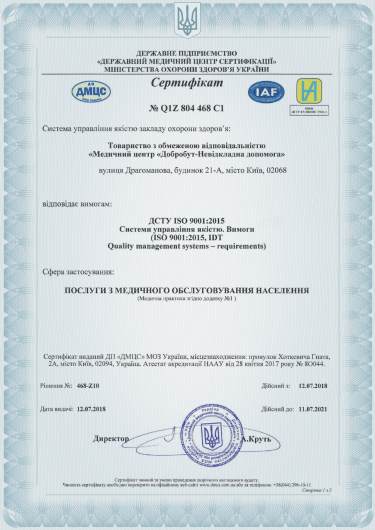
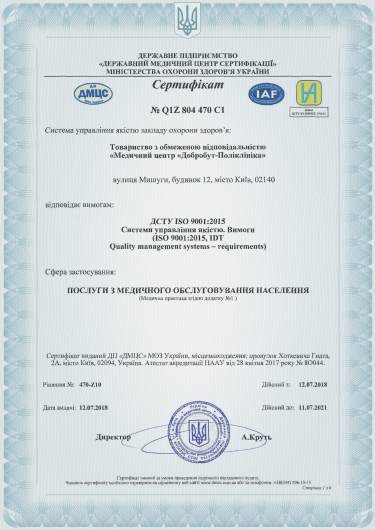
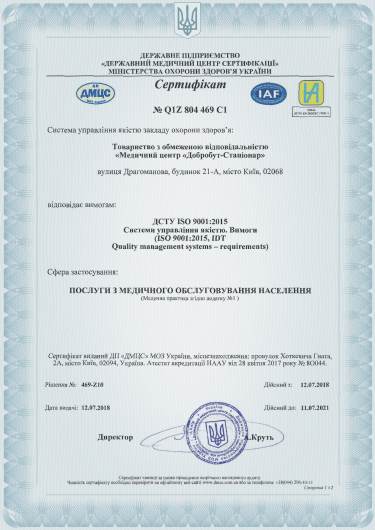
Accreditation certificates
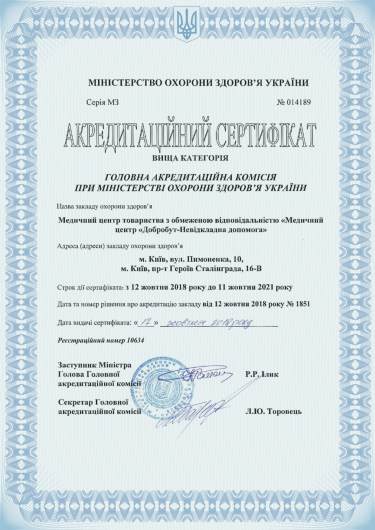
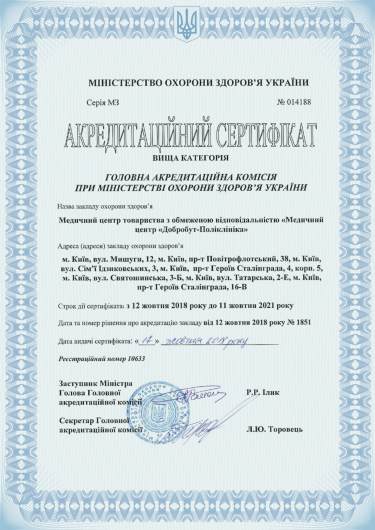
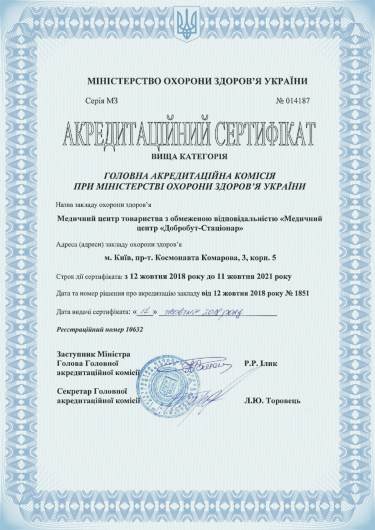
Medical practice licenses
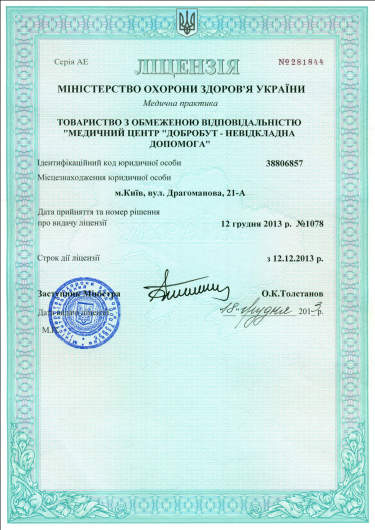
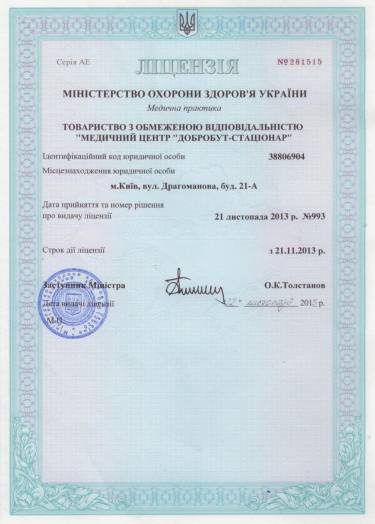
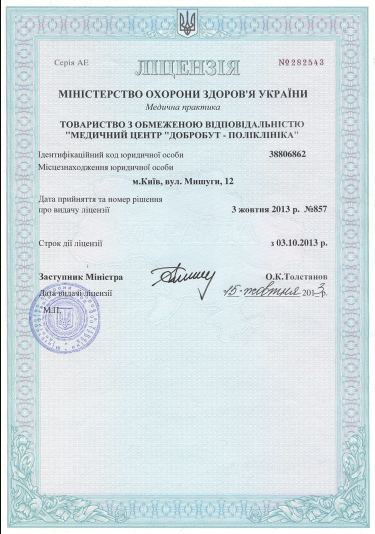
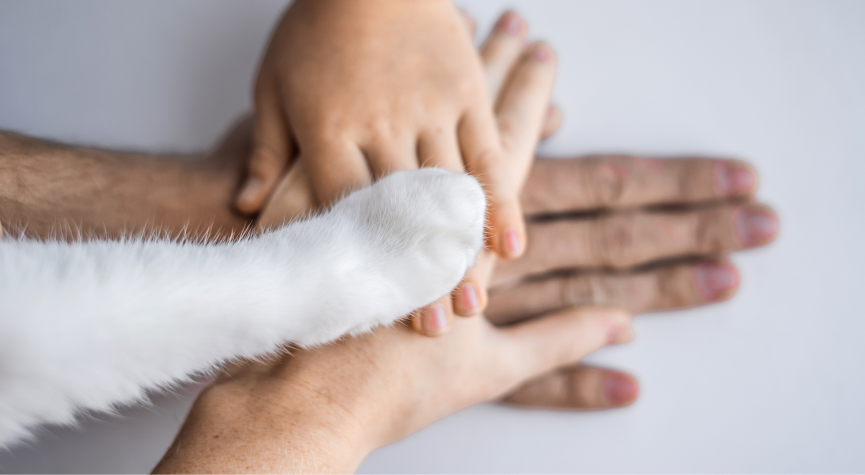
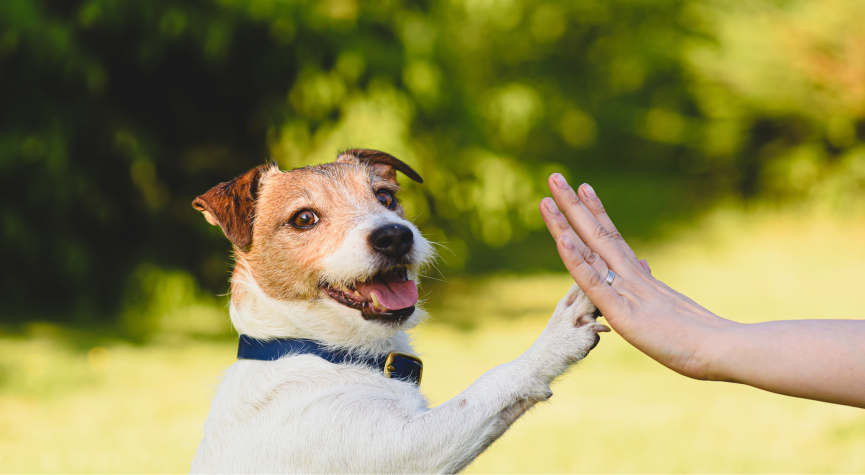

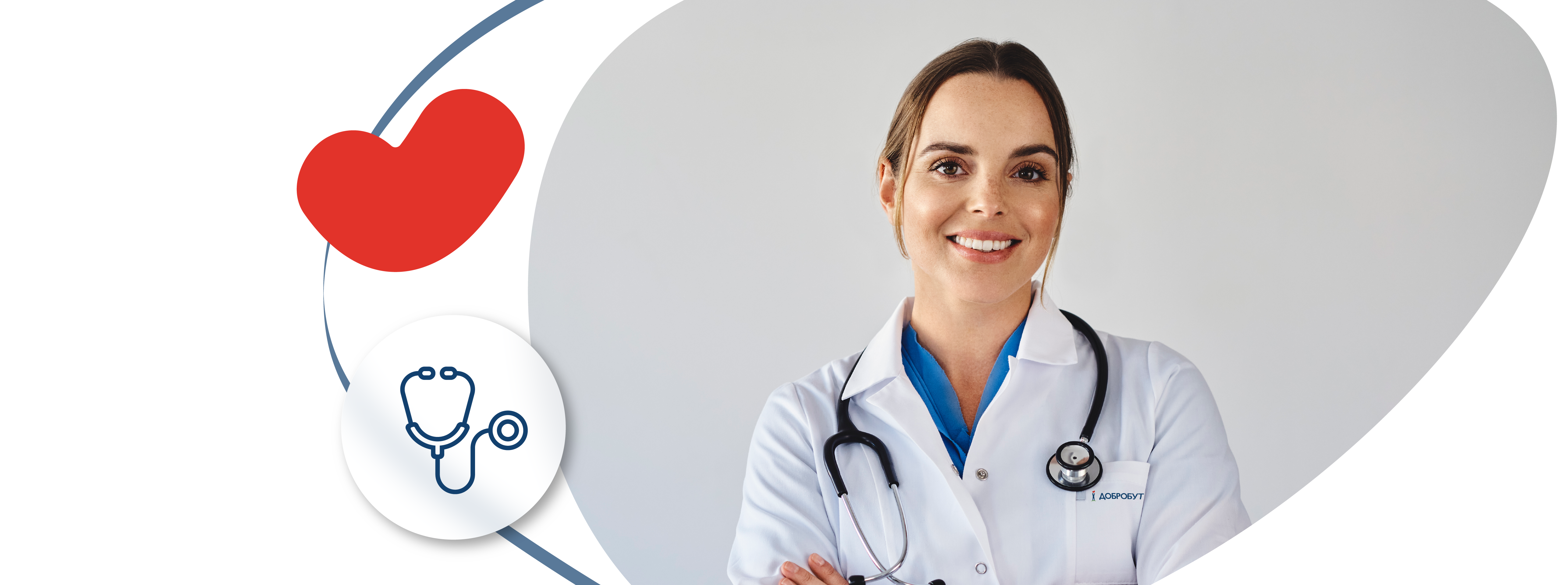










@2x.png)
@2x.png)
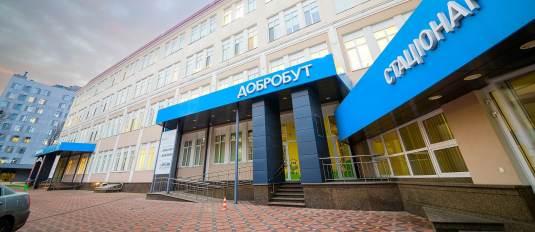



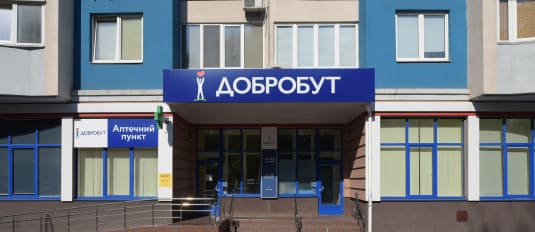

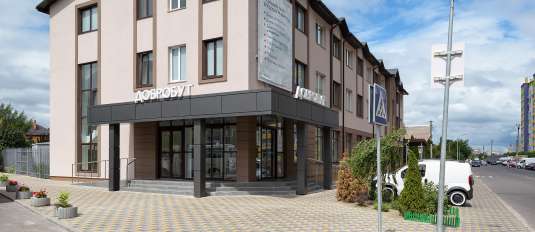
%402x.png)
%402x.png)
